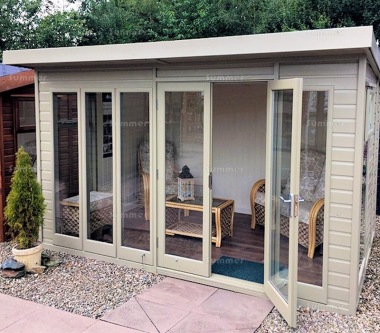All Categories
Featured
Table of Contents
Why Does Double Glazing Help To Keep Us Cool In Summer? in Shelley WA
Glazing just indicates the windows in your house, including both openable and fixed windows, as well as doors with glass and skylights. Glazing actually simply means the glass part, but it is generally used to refer to all aspects of an assembly including glass, movies, frames and furnishings. Taking notice of all of these aspects will assist you to attain effective passive design.

Energy-efficient glazing makes your home more comfortable and considerably lowers your energy costs. Inappropriate or poorly designed glazing can be a major source of undesirable heat gain in summer season and significant heat loss and condensation in winter season. Up to 87% of a home's heating energy can be gained and approximately 40% lost through windows.
How Does Double Glazing Keep Heat Out? in Wexcombe Perth
Glazing is a substantial financial investment in the quality of your home. A preliminary financial investment in energy-efficient windows, skylights and doors can considerably minimize your yearly heating and cooling costs.

This tool compares window choices to a base level aluminium window with 3mm clear glass. Understanding some of the essential homes of glass will help you to pick the very best glazing for your home. Key residential or commercial properties of glass Source: Adjusted from the Australian Window Association The amount of light that passes through the glazing is understood as visible light transmittance (VLT) or noticeable transmittance (VT).
Double Glazed Windows in Coolbellup WA
This might lead you to change on lights, which will lead to higher energy expenses. Conduction is how easily a product conducts heat. This is called the U worth. The U value for windows (expressed as Uw), explains the conduction of the whole window (glass and frame together). The lower the U value, the greater a window's resistance to heat circulation and the better its insulating worth.
For instance, if your house has 70m2 of glazing with aluminium frames and clear glass with a U value of 6. 2W/m2 C, on a winter's night when it is 15C colder outside compared with inside your home, the heat loss through the windows would be: 6. 2 15 70 = 6510W That is comparable to the total heat output of a large room gas heater or a 6.
How Are Double Glazed Windows More Energy Efficient? in Hazelmere Perth

If you choose a window with half the U value (3. 1W/m2 C) (for instance, double glazing with an argon-filled gap and less-conductive frames), you can cut in half the heat loss: 3. 1 15 70 = 3255W The solar heat gain coefficient (SHGC) for windows (revealed as SHGCw) determines how readily heat from direct sunlight flows through a whole window (glass and frame together).
The lower a window's SHGC, the less solar heat it transfers to the house interior. The real SHGC for windows is affected by the angle that solar radiation strikes the glass.
Home Window Glazing - Sustainability Victoria in Highgate WA
When the sun is perpendicular (at 90) to the glass, it has an angle of occurrence of 0 and the window will experience the optimum possible solar heat gain. The SHGC stated by glazing makers is constantly determined as having a 0 angle of incidence. As the angle increases, more solar radiation is reflected, and less is transmitted.
Table of Contents
Latest Posts
Types Of Glazing For Your Windows, Explained in Wembley Downs WA
Single Vs Double Vs Triple - Which Window Is Right For Your ... in Eden Hill WA
Why Install Stunning Double Glazing Windows During Summer? in South Guildford WA
More
Latest Posts
Types Of Glazing For Your Windows, Explained in Wembley Downs WA
Single Vs Double Vs Triple - Which Window Is Right For Your ... in Eden Hill WA
Why Install Stunning Double Glazing Windows During Summer? in South Guildford WA